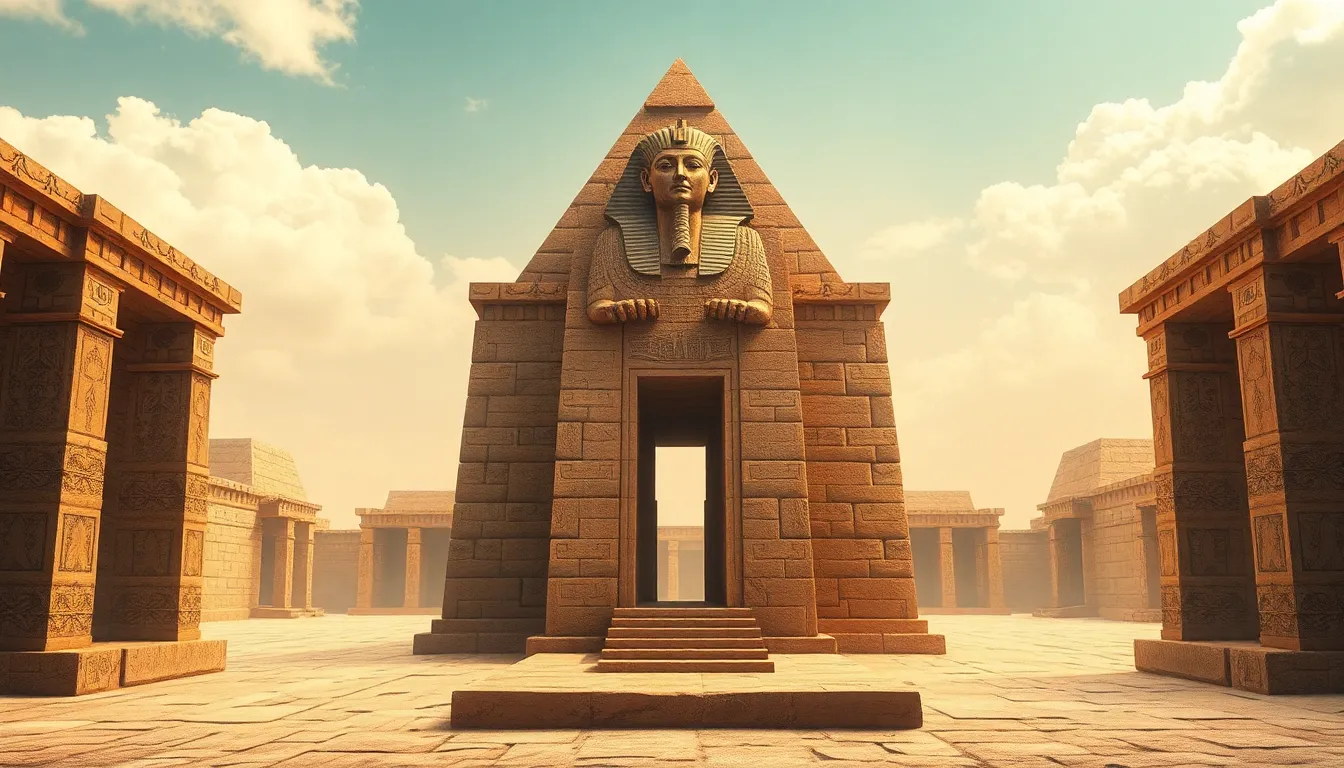The Afterlife and Its Challenges: Insights from Tomb Texts
I. Introduction
The afterlife has been a significant aspect of human culture, shaping beliefs and practices across civilizations. In ancient cultures, the afterlife was often viewed as a continuation of existence, where souls would journey to realms beyond the physical world.
Tomb texts, inscribed on the walls of burial sites or written on papyrus, provide invaluable insights into the beliefs surrounding the afterlife. They serve as a guide for the deceased, outlining the challenges they may face and the protections afforded to them. This article explores the historical context of tomb texts, the concept of the afterlife, recurring themes, the challenges faced by the deceased, the importance of rituals, and modern interpretations of these ancient beliefs.
II. Historical Context of Tomb Texts
Tomb texts have their origins in the early funerary practices of ancient civilizations. In Ancient Egypt, these texts evolved from simple inscriptions to elaborate writings that included spells, prayers, and guidance for the deceased. The significance of burial practices cannot be understated, as they were believed to ensure safe passage and acceptance into the afterlife.
Key cultures that utilized tomb texts include:
- Ancient Egypt – With texts like the Pyramid Texts and the Book of the Dead.
- Mesopotamia – Featuring inscriptions that guided the deceased in their journey.
- Other ancient civilizations – Such as those in China and Mesoamerica, which also had rich funerary traditions.
III. The Concept of the Afterlife
Across various cultures, the afterlife is perceived as a place of reward or punishment, contingent on one’s actions during earthly life. For instance, in Ancient Egypt, the afterlife was often envisioned as a paradise known as the Field of Reeds, where good souls would enjoy eternal bliss.
Differences in afterlife perceptions include:
- Reward-based afterlife: Good deeds lead to eternal happiness.
- Punishment-based afterlife: Immoral actions result in suffering or banishment.
The role of deities and spiritual guides is crucial in guiding souls through the afterlife. In Egyptian mythology, Osiris is the god of the afterlife, overseeing the judgment of souls.
IV. Themes and Motifs in Tomb Texts
Tomb texts are rich in themes and motifs that illustrate the beliefs surrounding the afterlife. Some of the most prominent include:
- Protection and guidance for the deceased: Texts often contain spells aimed at safeguarding the soul from malevolent forces.
- The journey to the afterlife and its trials: Many texts describe the path that the deceased must navigate, including encounters with various deities.
- Symbolism of resurrection and immortality: The themes of rebirth and eternal life are prevalent, symbolizing hope and continuity beyond death.
V. Challenges Faced by the Deceased
The afterlife journey is fraught with challenges, as depicted in tomb texts. One of the most significant aspects is the trial of judgment, where the deceased must face the weighing of their heart against the feather of Ma’at, the goddess of truth and justice.
Common fears and obstacles include:
- Facing judgment from deities.
- Overcoming obstacles presented by demonic entities.
- Fear of eternal punishment for sins committed in life.
Moreover, the role of personal morality is emphasized, as actions in life directly influence the fate of the soul in the afterlife.
VI. The Role of Rituals and Offerings
Funerary rituals play a vital role in ensuring a successful afterlife. These ceremonies are designed to honor the deceased and provide them with the necessary tools for their journey. Offerings, such as food, drink, and valuable items, are often placed in tombs to sustain the deceased in the afterlife.
Key aspects of rituals and offerings include:
- Importance of funerary rituals: These practices are believed to facilitate the transition to the afterlife.
- Offerings to deities and the deceased: Food and goods are provided to appease both the gods and the departed soul.
- The impact of rituals: They reinforce beliefs surrounding the afterlife and provide comfort to the living.
VII. Modern Interpretations and Relevance
The influence of tomb texts extends into contemporary views on death and the afterlife. Many modern spiritual practices draw inspiration from ancient beliefs, exploring themes of immortality and the soul’s journey. Archaeological discoveries continue to shed light on these ancient texts, enriching our understanding of human beliefs about life after death.
In today’s context, the relevance of ancient beliefs can be seen in:
- Spiritual practices that incorporate rituals reminiscent of ancient traditions.
- Literature and media that explore themes of the afterlife.
- Ongoing archaeological research that uncovers new insights into ancient cultures.
VIII. Conclusion
Tomb texts provide a profound glimpse into the beliefs surrounding the afterlife in ancient cultures. They reveal a rich tapestry of ideas about morality, judgment, and the journey beyond death. The enduring fascination with the afterlife reflects a fundamental human desire to understand what lies beyond our mortal existence.
As we reflect on the insights gained from these ancient writings, we recognize the challenges faced in the journey after death and the timeless quest for meaning in the face of mortality.




